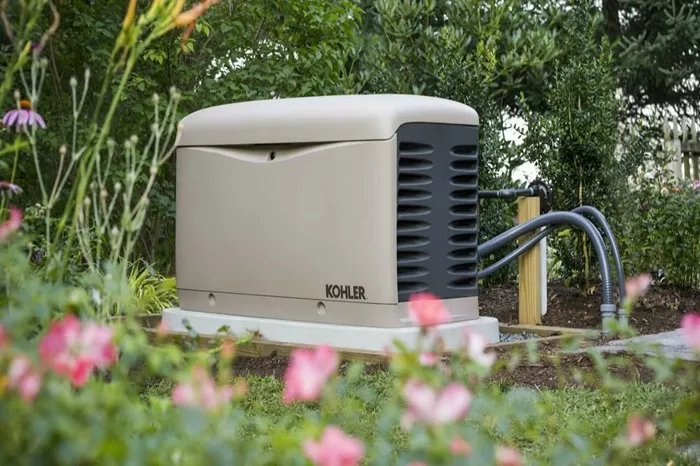Connecting a generator to your home power supply is a practical solution during power outages or in off-grid locations. However, improper installation can lead to dangerous situations, including electrical fires, equipment damage, or even electrocution. This guide provides a step-by-step, professional approach to safely connecting a generator to your home’s electrical system while adhering to safety standards.
Understanding Generator Types and Power Requirements
Before connecting a generator, you must understand the different types and their power capacities.
Portable vs. Standby Generators
Portable Generators: These are smaller, mobile units that provide temporary power. They typically range from 3,000 to 8,500 watts and require manual startup.
Standby Generators: Permanently installed, these automatically kick in during a power outage. They usually supply 7,500 to 20,000 watts and run on natural gas or propane.
Calculating Your Home’s Power Needs
To avoid overloading your generator, calculate the total wattage of essential appliances:
Refrigerator: 600-800 watts
Sump (well/sump): 750-1,500 watts
Lights: 60-600 watts (depending on type and quantity)
Heating/Cooling: 1,500-5,000 watts
Add up the starting wattage (higher due to motor surges) to determine the generator size needed.
Safety Precautions Before Connecting a Generator
Improper generator use can cause backfeeding, which sends electricity back into utility lines and endangers repair crews. Follow these safety measures:
Use a Transfer Switch
A transfer switch isolates your home from the grid, preventing backfeeding. There are two types:
Manual Transfer Switch: Requires manual activation when switching to generator power.
Automatic Transfer Switch (ATS): Detects power loss and switches automatically.
Never Plug a Generator Directly into a Wall Outlet
This is extremely dangerous and can cause electrocution or fire. Always use a transfer switch or interlock kit.
Ground the Generator Properly
Most portable generators require grounding. Connect a copper grounding rod (at least 4 feet deep) to the generator’s grounding terminal using a heavy-duty wire.
Step-by-Step Guide to Connecting a Generator
Using a Transfer Switch
Choose the Right Transfer Switch
- Match the switch’s amperage to your home’s main breaker (typically 50-200 amps).
- Select a switch that supports your generator’s wattage.
Install the Transfer Switch Near the Main Panel
- Turn off the main power supply.
- Mount the transfer switch near the electrical panel.
Connect the Transfer Switch to the Panel
- Run thick-gauge wires (as per local electrical codes) from the generator inlet to the transfer switch.
- Connect the switch to designated circuits (e.g., lights, fridge, HVAC).
Connect the Generator to the Inlet Box
- Install an outdoor-rated power inlet box.
- Use a heavy-duty extension cord (rated for generator use) to connect the generator.
Test the System
- Start the generator, then switch the transfer switch to “Generator” mode.
- Verify that power flows to selected circuits.
Using an Interlock Kit
An interlock kit is a cheaper alternative but requires strict compliance with electrical codes.
Install the Interlock Kit on the Main Panel
- The kit prevents the main breaker and generator breaker from being on simultaneously.
Add a Generator Breaker
- Install a dedicated breaker for the generator (usually 30-50 amps).
Connect the Generator via an Inlet Plug
- Wire the inlet plug to the generator breaker.
- Plug the generator into the inlet using a proper cord.
Operate the System Manually
- During an outage, turn off the main breaker, start the generator, then switch the interlock to generator mode.
Maintenance and Best Practices
Regular Testing: Run the generator monthly to ensure it works.
Proper Ventilation: Never run a generator indoors (carbon monoxide risk).
Fuel Storage: Store fuel safely and use stabilizers for long-term storage.
Follow Local Codes: Always comply with NEC (National Electrical Code) and local regulations.
Conclusion
Connecting a generator to your home requires careful planning, the right equipment, and strict adherence to safety protocols. Whether using a transfer switch or interlock kit, always prioritize safety to prevent hazards. If unsure, consult a licensed electrician to ensure a safe and code-compliant installation. By following this guide, you can ensure reliable backup power while keeping your home and utility workers safe.

